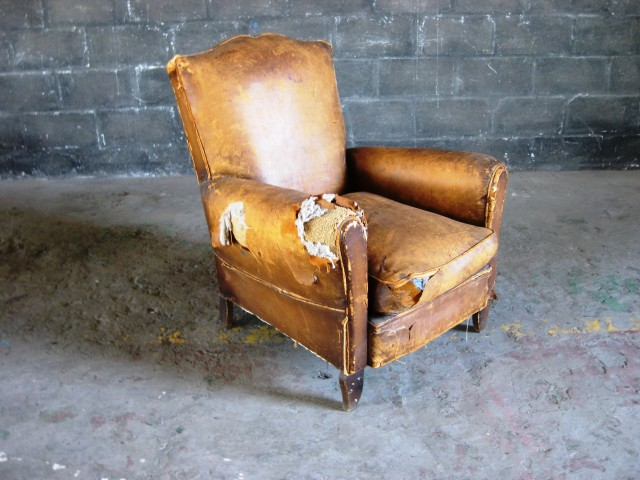The Comfy Chair Paradox
The Comfy Chair Paradox

An increasing amount of people are spending most of their day seated, and that could be a big problem.
As we venture further into the digital age, desk-based work is becoming more common place and although we’re slowly freeing the shackles of the 9 - 5, it’s still common to spend 8 hours a day planted on the spot, sitting behind a screen. To this, there are benefits, remote roles mean that living arrangements can be more flexible as can the approach to the working week, however what’s the long-term health implications to this sedentary way of working?
Like it or not, work is likely to be something you’ll do for a large portion of your week and while there are known physical risks to laborious, physical roles the same consideration should be taken when considering sedentary roles too. It’s apparent that spending lengths of time in a fixed position has a strong correlation with increased injury risk, more so than perceived ‘poor’ posture. Beyond this, the human body ‘likes’ movement. It’s systems just work better with regular movement. This can be seen in the cardiovascular system and the muscular skeletal system, which abide to a ‘use it or lose it’ principle. Muscles atrophy when not subjected to regular stimulation and at the basic level this stimulation needn’t be excessive. While many benefits can be found in regular moderate to vigorous exercise, the majority of fruit is low hanging, meaning that just the simple acts of standing and walking yield large benefits to these systems. This is also true of the digestive system. Short walks after meals have been shown to blunt blood sugar spikes and aid in the physical digestion of food, reducing bloating and promoting better gut health.
The crux of this issue lies in the efforts that are made to make this task easier, because in fact, sitting for a large part of the day should be quite a challenge. Achey hips, back, neck and legs, pins and needles, dead legs, bloating, tightness across the shoulders, restlessness, sensitivity to cold, these are all sensations synonymous with elongated periods of sitting however they can be mitigated in a number of ways, make the sitter stand or move and stretch, essentially take them out of the seated position and introduce movement or support them and make them more ‘comfortable’, control the climate and have everything needed well within reach.
Give someone an ergonomic chair and screen set up and they’ll sit for 8 hours, give them a hard stool and a misaligned desk and they would struggle to do 20 minutes. Now obviously this is an extreme take that would be wildly impractical however let’s not pretend the first instance is exclusively to benefit the user, though often dressed this way, this approach ensures prolonged productivity possibly at the expense of the user’s long-term health and mobility.
So, what can be done? Well don’t be rash and quit your job and take on something more vigorous, again, it’s best to focus on the low hanging fruit. Structure regular breaks to move and stretch, keep an eye on the daily steps and aim to increase when appropriate. Set timers for sitting and standing and if possible, work at a standing desk for periods of time. Aiming to take short walks after meals appears to hold some significant health benefits as does regular structured exercise. Aim to form habits or routines around this behaviour and start by implementing one or two small changes at a time. The small things we do consistently have the greatest potential to improve our situation long-term.

